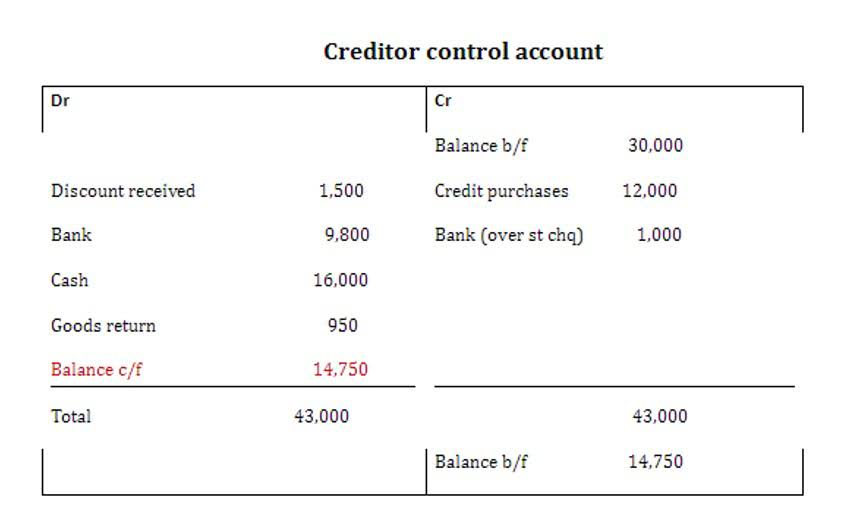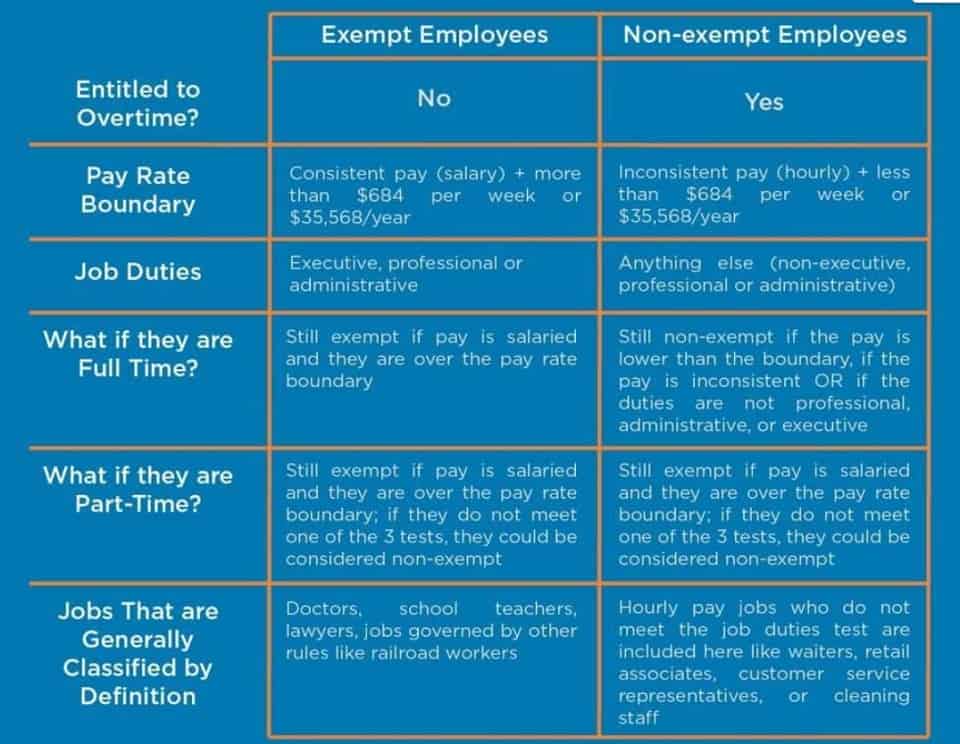Horizontal vs Vertical Analysis: A Comprehensive Comparison

If the previous year’s amount was twice the amount of the base year, it will be presented as 200. Seeing the horizontal analysis of every item allows you to more easily see the trends. It will be easy to detect that over the years the cost of goods sold has been increasing at a faster pace than the company’s net sales. From the balance sheet’s horizontal analysis you may see that inventory and accounts payable have been growing as a percentage of total assets. Indeed, sometimes companies change the way they break down their business segments to make the horizontal analysis of growth and profitability trends more difficult to detect.

AccountingTools
- With different bits of calculated information now embedded into the financial statements, it’s time to analyze the results.
- A consistent, centralized, and optimized data management environment goes a long way toward ensuring the insights and opportunities you gather from horizontal analysis are legitimate and useful.
- If the company had an expected cash balance of 40% of total assets, they would be exceeding expectations.
- If a company’s net sales were $2 million, they will be presented as 100% ($2 million divided by $2 million).
- For instance, in the year 2015, organization A had 4 million turnover as compared to year the 2014 whereby the turnover was 2 million.
- This can be useful in identifying areas of concern for a business, as well as improving the performance of companies that are struggling.
This technique allows for a detailed examination of the internal composition of financial statements, aiding in the assessment of a company’s financial health and performance. It involves identifying the co-relation of items relating to a company’s financial information and how they affect the overall performance of an organization. For instance, vertical analysis can be used in the determination of cost of goods in relation to the organization’s total assets. This type of analysis enables the performance comparison with other firms in the same industry.
Example of Vertical Analysis of a Balance Sheet

Suppose we’re tasked with performing a horizontal analysis on a company’s financial performance from fiscal years ending in 2020 to 2021. A fundamental part of financial statement analysis is comparing a company’s results to its performance in the past and to the average industry benchmark set by comparable peers in the same (or adjacent) industry. Horizontal analysis compares account balances and ratios over different time periods. This shows Certified Bookkeeper that the amount of cash at the end of 2024 is 141% of the amount it was at the end of 2020.

Comparison Chart

Investors and analysts can use this information to gauge the financial risk and stability of a company. A comparison of the two companies’ financial statements based on vertical analysis, reveals that XYZ Inc. is extremely capital heavy as the proportion of its fixed assets is very high when compared to ABC Inc. On the other hand, ABC Inc has high dependency on loans for funds raising as compared to XYZ Inc who has a lower percentage of loans vis-à-vis equity.
Horizontal Analysis for Strategic Insights
It is also possible to perform this analysis with time series data to make horizontal and vertical analysis direct comparisons with other companies. You can also use horizontal analysis in conjunction with both the balance sheet and the income statement. Different ratios, such as earnings per share (EPS) or current ratio, are also compared for different accounting periods.
- Horizontal Analysis measures a company’s operating performance by comparing its reported financial statements, i.e. the income statement and balance sheet, to the financial results filed in a base period.
- Consequently, it has an increase of $10 million in its net income and $2 million in its retained earnings year over year.
- The investor now needs to make a decision based on their analysis of the figures, as well as a comparison to other similar figures.
- He is a four-time Dummies book author, a blogger, and a video host on accounting and finance topics.
- This blog will explore how to effectively use vertical and horizontal analysis to provide clarity and direction in FP&A, offering practical insights for those looking to refine their approach.
- One of the key benefits of vertical analysis is its ability to highlight the relative importance of different line items within a financial statement.
A business will look at one period (usually a year) and compare it to another period. For example, a business may compare sales from their current year Online Accounting to sales from the prior year. The trending of items on these financial statements can give a business valuable information on overall performance and specific areas for improvement.

Leave a Reply
Want to join the discussion?Feel free to contribute!